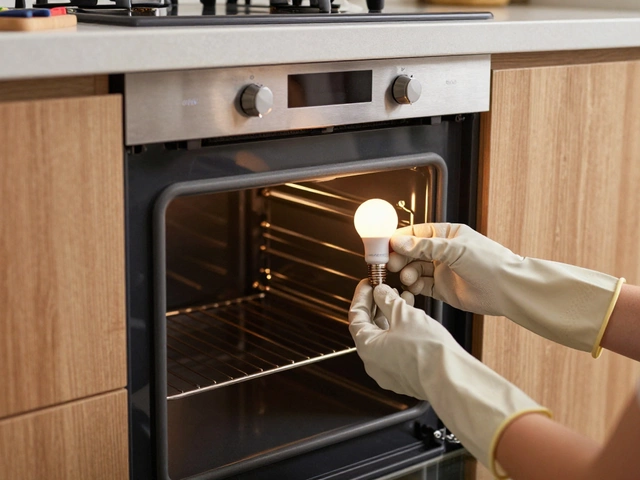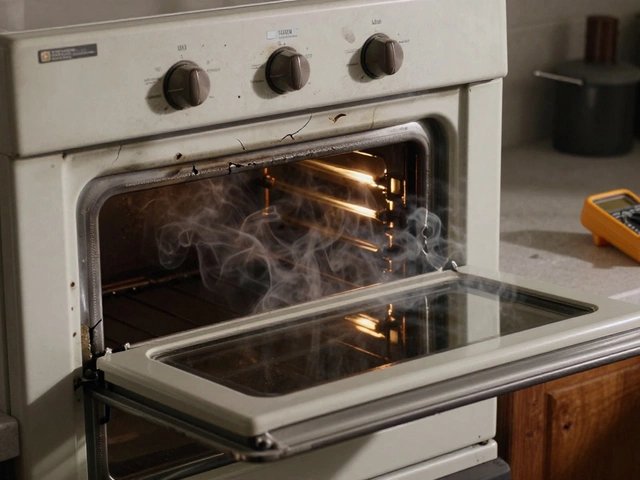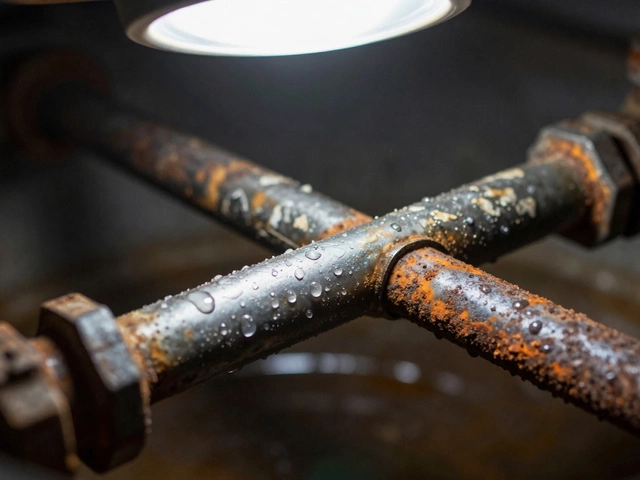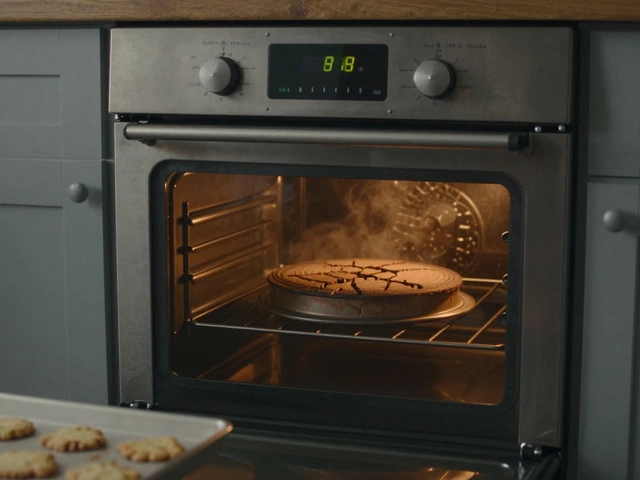Bad Magnetron in Your Microwave? Here’s How to Tell and What to Do
If your microwave clicks but never heats, the magnetron is probably the culprit. The magnetron is the heart of the oven – it creates the microwaves that cook food. When it goes bad, the unit still runs, but the heat disappears. Knowing the signs can save you time and money.
Common Signs of a Failing Magnetron
First thing you’ll notice is a silent kitchen. The turntable spins, the lights work, yet the food stays cold. You might also hear a buzzing or humming that sounds louder than usual. Another red flag is a burnt smell, especially after several minutes of use. If the microwave starts tripping the circuit breaker, the magnetron could be short‑circuiting.
Sometimes the display shows error codes like "F1" or "E1" – those often point to magnetron issues. Finally, if you see visible damage like burns or a cracked glass cover over the magnetron, it’s definitely time for a closer look.
DIY Steps and When to Call a Pro
Before you order a new part, try a quick reset. Unplug the microwave for a minute, then plug it back in. This clears any temporary glitches. If the unit still won’t heat, check the door latch. A misaligned latch can stop the magnetron from turning on as a safety measure.
When the basics don’t work, the next step is to inspect the magnetron itself. This should only be done if you’re comfortable handling high‑voltage components. Remove the outer shell, locate the metal tube with the fan attached, and look for signs of discoloration or loose connections. If you see any damage, the magnetron needs replacing.
Replacing a magnetron isn’t a weekend DIY project for most homeowners. The part can cost anywhere from £70 to £150, and special tools are required to test it safely. A faulty magnetron also puts extra strain on the high‑voltage capacitor, which can lead to more expensive failures down the line.
That’s where a local pro comes in. Hinckley Home Appliance Repair Services have technicians who know how to test, diagnose, and replace magnetrons quickly. They’ll check the capacitor, diode, and transformer too, making sure the whole system works after the swap. Plus, they offer a guarantee on parts and labour, so you won’t be left with a half‑fixed oven.
When you call, be ready to describe the symptoms: “microwave runs but doesn’t heat, makes a loud hum, and trips the breaker.” The more detail you give, the faster the tech can bring the right parts. Most repairs are done within an hour, and you’ll be back to reheating leftovers in no time.
In short, a bad magnetron shows up as no heat, odd noises, and occasional breaker trips. A quick reset and door check can rule out easy fixes. If the problem persists, it’s safer to let a trained professional handle the replacement. Hinckley’s repair team is just a call away, ready to get your microwave humming and heating again.
25 July 2025
·
0 Comments
Does your microwave hum, spark, or fail to heat? Learn common symptoms of a bad magnetron and expert tips for diagnosis, plus when to call for repair.
Read more






